
Endangered Species Organisms on the Brink of Extinction

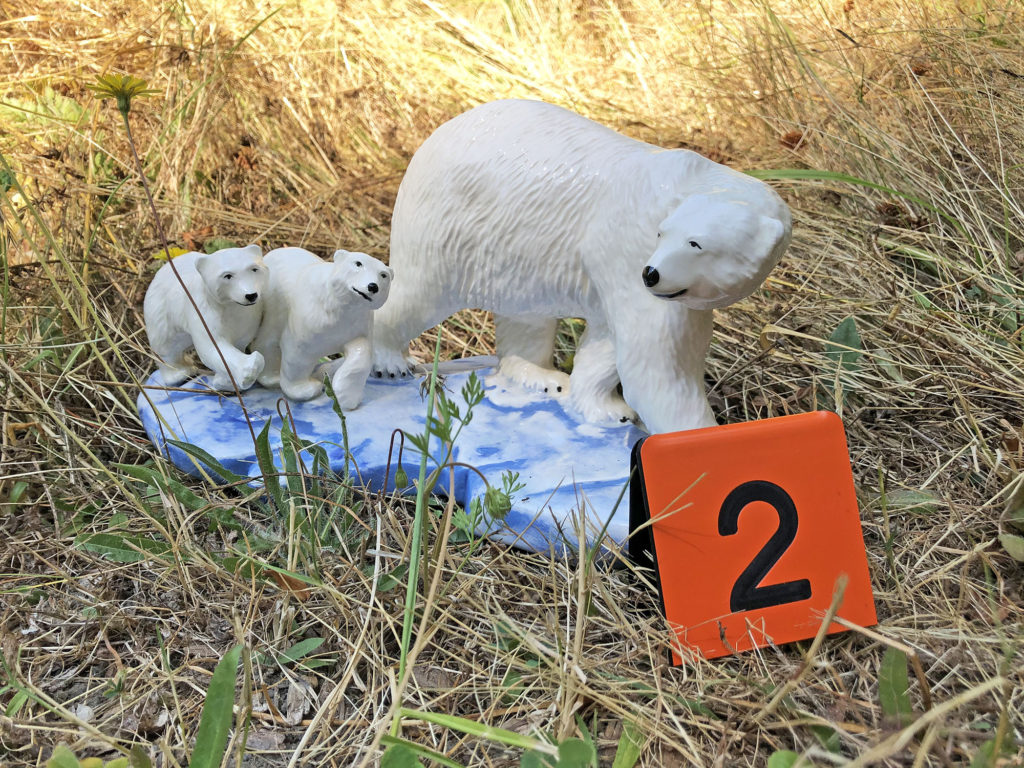
Endangered Species Objectives
-
Share multiple examples of endangered species, including why the species face extinction and attempts being made to study and/or preserve endangered species.
-
Discuss the ancestry of modern birds, including evidence of relatedness to reptiles, and more specifically, dinosaurs.
-
Provide characteristics of birds commonly called “raptors” and explain why these species are often at risk for extinction.

The Florida Panther (Puma concolor couguar) is a distinct population of North American cougars that numbers less than 250 individuals. Inbreeding and loss of genetic diversity in remaining panthers is believed to be depressing fitness (survival and reproduction). A variety of factors has led to the panther’s decline, including habitat loss and car collisions.
This video introduces the factors that typically put species in danger of extinction.
There are a variety of strategies for managing species in decline. This video outlines possible solutions.
Managing endangered species is typically a community endeavor. Landowners, wildlife managers, conservation groups, and local governments attempt to balance priorities. In the Willamette Valley, the endangered Fender’s Blue Butterfly (Aricia icarioides fenderi) touches many people’s lives.
Bird Ancestry
Birds are the wild vertebrate species we will most likely encounter in our time outdoors. Many species are declining due to loss of habitat and citizen scientists are trying to reverse that by providing water, food, bird houses, and habitat corridors.
This section provides a context for birds you may encounter.
This video uses a field guide to introduce the major groups of birds that you may encounter.
Bird Orders
There are approximately 46 bird orders. Here is a sample of ones you are likely to find outdoors.
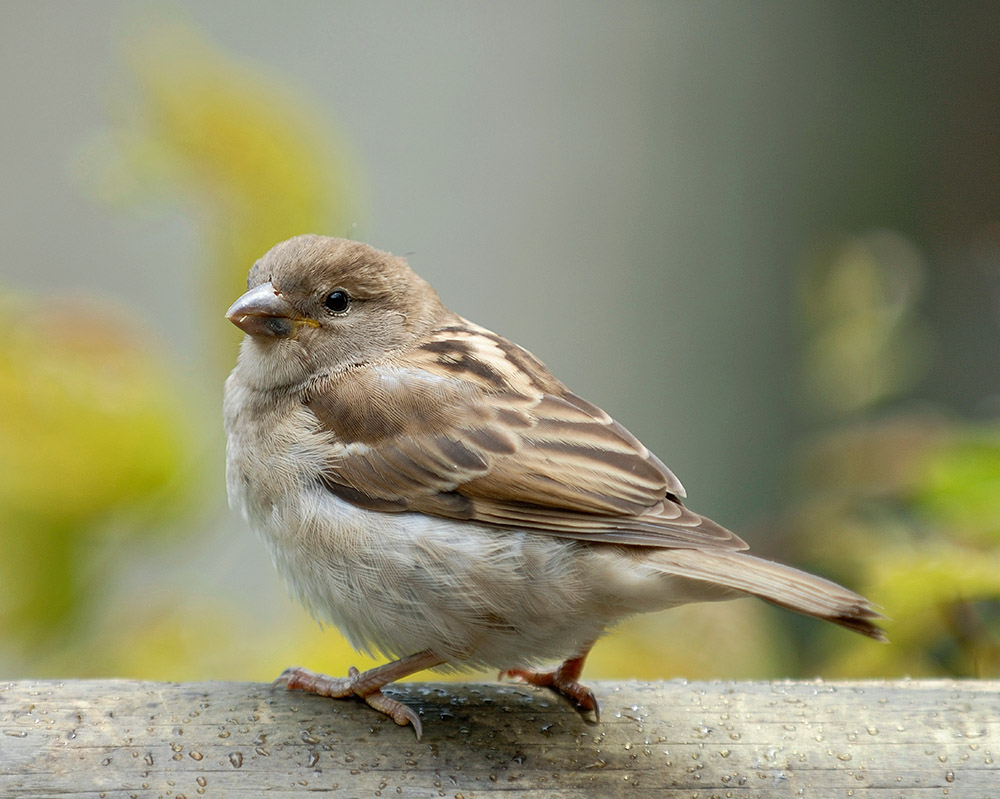
Order Passeriformes
These are the perching birds, sometimes called the “songbirds.” These account for over half of all bird species. Sparrows, finches, crows, and more.
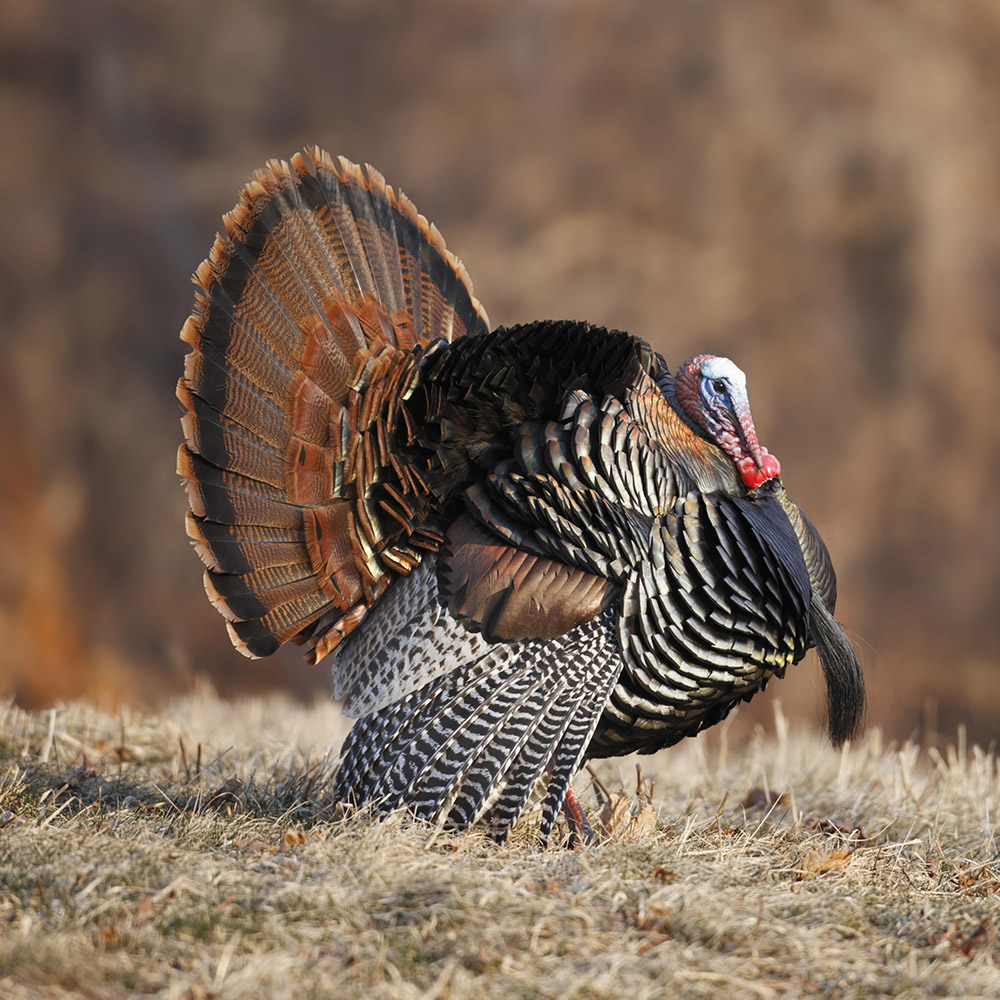
Order Galliformes
Large ground-feeding birds that are significant to humans. Includes turkeys, quail, pheasants, and chickens.
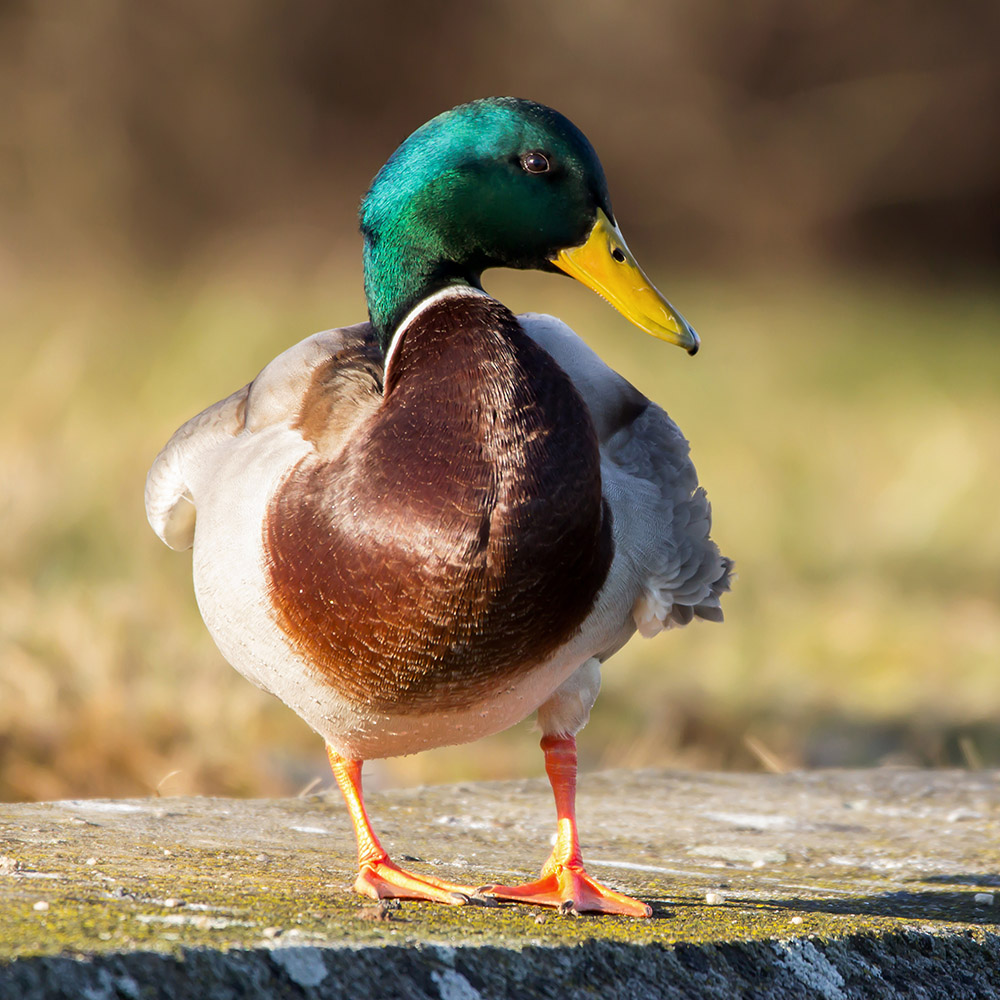
Order Anseriformes
Includes many of the waterbird species, including ducks, geese, and swans.
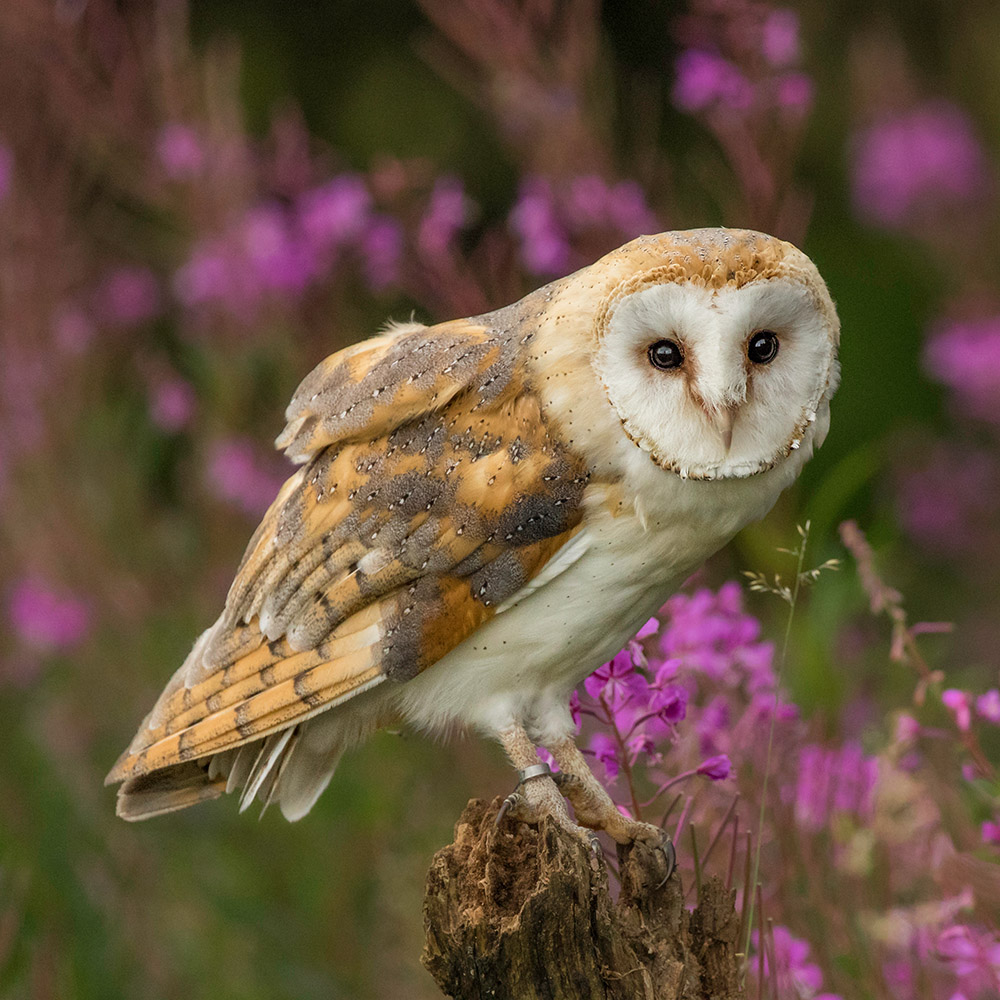
Order Strigiformes
Unique body form and binocular vision, these are the owls.
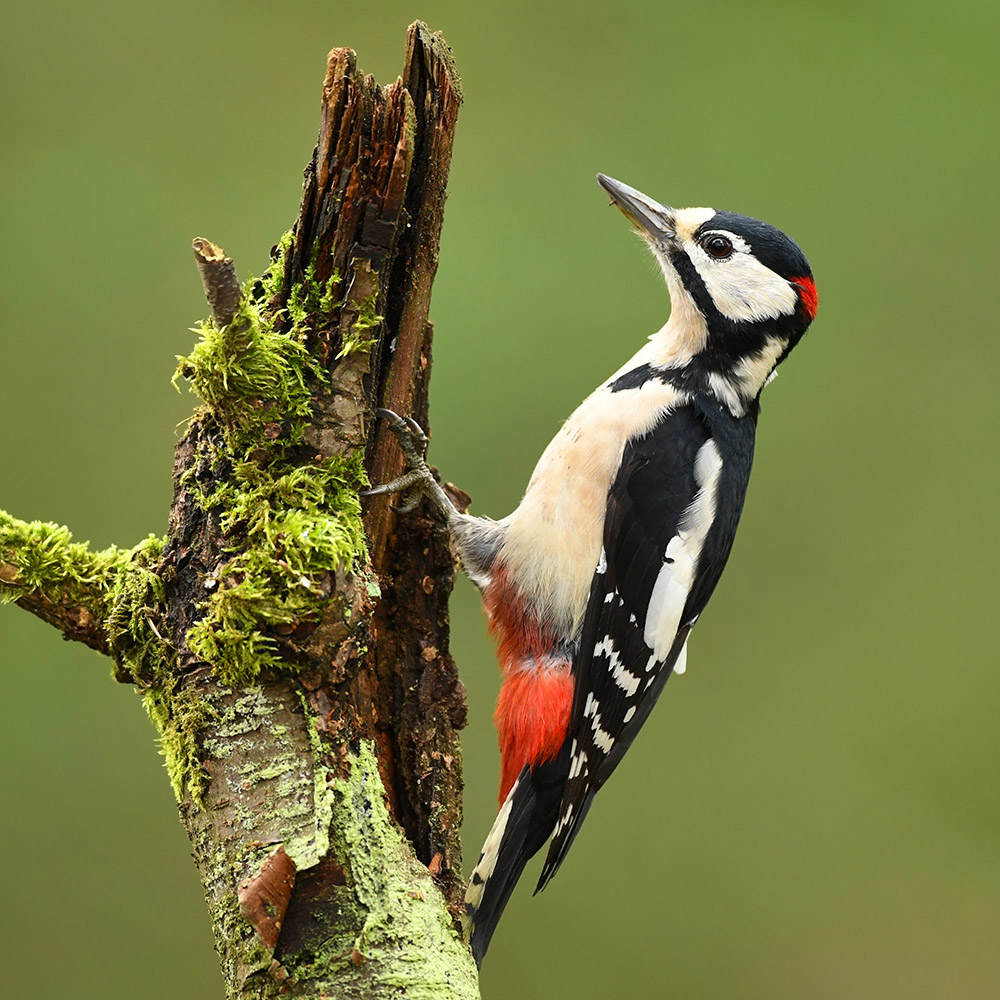
Order Piciformes
Parrot-like feet that used to hang on to vertical surfaces, this order includes the woodpeckers.
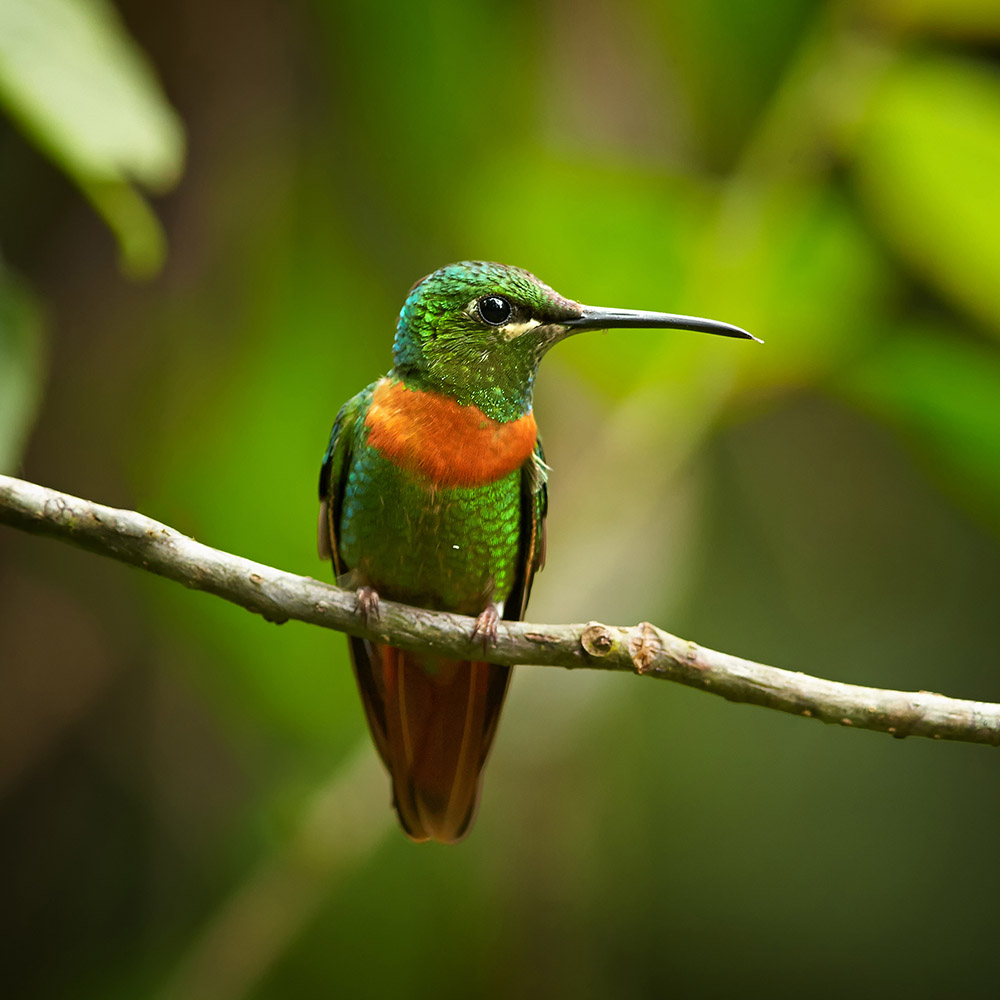
Order Apodiformes
Small birds with nectar-feeding beaks. These are the hummingbirds.
Birds are the living descendants of… dinosaurs!
This video walks through the ancestry of modern birds.
Pterosaurs and Archaeopteryx both had wings, but were different lineages of reptiles.



If you have been around chickens, you may totally buy that there are little dinosaurs. It’s not just the behaviors and body form, details like the skin on the legs are reminiscent of reptilian scales.
Fruit bats have wings for flight like butterflies and birds. This is an example of convergent evolution, the mutations leading to wing structure arose multiple times in evolutionary history.
Raptors

Many birds are technically “birds of prey:” penguins eat fish, swallows eat insects, and so on. But usually when we hear “birds of prey” the speaker was talking about raptors, birds that hunt and eat vertebrates that are large in size relative to the raptor itself. For example, a hawk can catch and eat a rabbit.
We’re at the Cascades Raptor Center in Eugene, Oregon to introduce these species.
Many raptor species are now protected due to their historic or current endangered status.
Raptors typically include six groups of birds. All use structures like talons and beaks to immobilize large prey.
Eagles, hawks, harriers, kites, buzzards, “old world” (Africa, Asia, Europe) vultures
These large birds share a large hooked beak that can tear flesh.
“New world” (Americas) vultures
Large birds that also share a large hooked beak that can tear flesh, typically carrion.


Osprey
Fish-eaters with a reversible toe that lets them grasp fish with two front toes and two back toes for a tighter grip.
Secretarybirds
Very large African terrestrial birds of prey with eagle-like bodies on top of crane-like legs. These are the only birds we did not see at the Cascades Raptor Center, as there are no species native to North America,

Falcons and kestrels
Have a tooth-like projection on their beak that allows them to kill prey with the beak instead of the talons like other raptors.
Owls
Large heads with front-facing eyes, and a proportionally small body and tail.

Birds of prey typically need large territories to acquire sufficient amounts of prey. As a result, habitat loss is a significant threat. The osprey in this photo may be able to nest on a human structure, but it still need significant amounts of fish to survive. Additionally, environmental pollutants like DDT and lead have impacted specific raptor species.
Raptors include some of the most recognized endangered species. Their large territories and need for large prey put them at risk.
Start this Guide’s first journal page here
Journal Page #11: Extinction Opinion
This journal assignment is an opinion piece. An opinion is a belief, view, or evaluation (judgment) about something, that does not have to be based in fact or knowledge, but sometimes is. This is what you think or believe about something. We all have opinions, and they drive much of how we interact with the world. Sometimes it is useful to stop and reflect on opinions: what they are and why we have them. There was a brief opinion question on a previous quiz, this is an opportunity to produce a more substantial opinion statement.
You are giving your opinion in response to the question: Does it matter if species go extinct?
Questions that may assist in formulating your opinion statement: does it matter if the species is an animal vs. plant, vertebrate vs. invertebrate, macroscopic vs. microscopic? How do you weigh the human need for land and water vs. other species’ needs? How should we weigh benefits for our current generations vs. future generations?

This assignment is not graded on what your opinion is, the grading is based on:
-
Clear description of extinction, including why is is an issue open for debate and differing views.
-
Statement of personal opinion, including possible basis for the opinion.
The next section introduces additional animal management issues: pests, invasive species, and even the possibility of reviving extinct species.
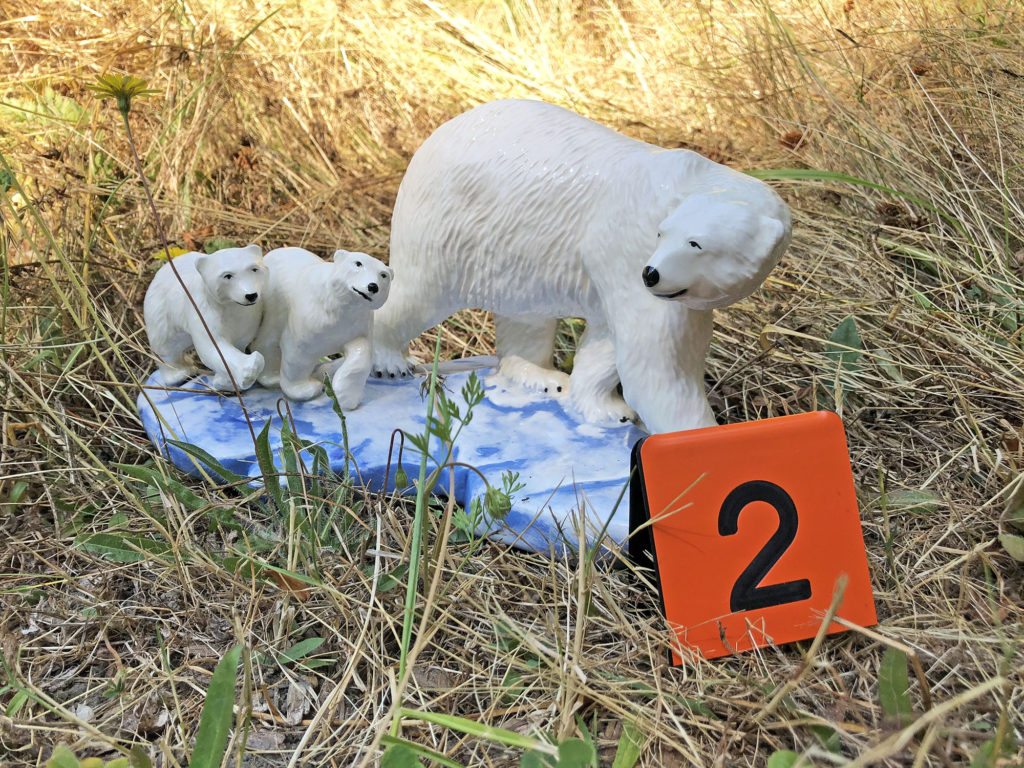
Check your knowledge. Can you:
-
share multiple examples of endangered species, including why the species face extinction and attempts being made to study and/or preserve endangered species?
-
discuss the ancestry of modern birds, including evidence of relatedness to reptiles, and more specifically, dinosaurs?
-
provide characteristics of birds commonly called “raptors” and explain why these species are often at risk for extinction?



